Which is cheaper: gas or electricity? Arguments for choosing a practical option for a private house
The issue of installing an autonomous heating system deserves a thorough comprehensive review, because the costs of it make up a significant part of the budget. For a balanced definition of a suitable option, you need to determine in advance which is cheaper - gas or electricity. This often depends on many factors.
On the one hand, there is a one-time cost of installing equipment and connecting communications, and on the other hand, annual payments for gas, electricity, and maintenance of instruments and devices. All this can be calculated independently. The result will help to make an informed choice in favor of one of the ways to heat your home.
You will find detailed answers to really significant questions in our article. We will show you how and by what criteria the economic aspect of the organization of the heating system is determined. Our recommendations will help you decide which option will be more practical.
The content of the article:
The main types of heating costs
In order to correctly assess the costs of heating a country house, you need to take into account all types of expenses that the homeowner will have to incur.
When using gas or electricity, it is possible to organize automatic heating. This gives many advantages to people living in a country house and allows you not to waste your time supporting the necessary microclimate in the premises. However, automation will increase the cost of both systems.
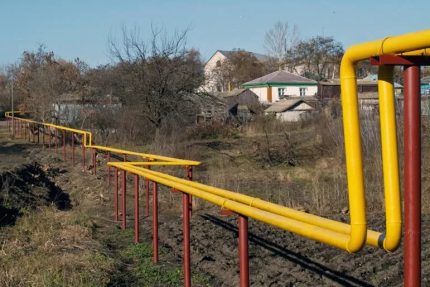
Costs can be typed as follows:
- Capital investments in the installation of a heating system based on gas or electricity differ only in the connection of communications, the cost of the boiler and the price for its connection. The water circuit, shut-off and control valves are independent of the type of energy carrier.
- The annual cost of repair and maintenance of equipment.This expense item is usually the smallest, but you also need to remember about it.
- The cost of energy. They depend on the volume consumed, the tariffs adopted in the region, the location of the object (urban or suburban territory) and some other factors.
Thus calculate costs S (rub.) is possible according to the following formula:
S = N + (R + E) × Twhere:
- N - capital investments;
- R - annual expenses for equipment repair;
- E - annual cost of energy;
- T - the number of years in the billing period.
When comparing several heating options, a situation often arises when high one-time equipment costs can pay off over time due to the relative cheapness of the energy source.
Capital investment and equipment support
The cost of connecting an electric boiler from scratch is negligible compared to gas-fired equipment. It can be installed in any free place, even in a residential area.
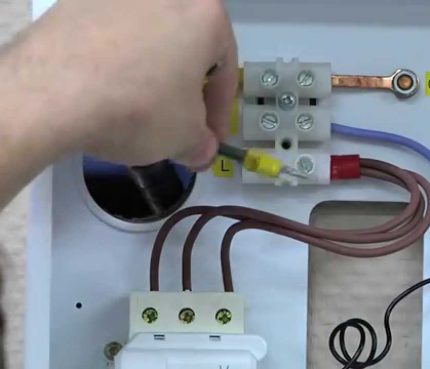
Installation of gas equipment is much more complicated and expensive, as you will have to follow these steps:
- Get technical specifications from your local gas supply organization. It is necessary to indicate the alleged gas consumption.
- Arrange a separate place under the boiler with adequate ventilation. Acceptance of the boiler before starting work and an annual safety audit will be carried out by a gas company specialist.
- Lay gas communications in the premises. In order to avoid problems with acceptance, it is better that the specialist of the gas company do this.
- Establish a system for the removal of combustion products.
When choosing a system that runs on liquefied gas, you need to organize gas tank installation, since it will be very expensive to heat the house with cylinders. In addition, it is often necessary to refill the cylinders, so the heating process can hardly be called automatic.
For small houses and warm regions where gas consumption during heating is insignificant, several cylinders can be combined using a ramp, but this solution is also less economical than even a small gas holder.
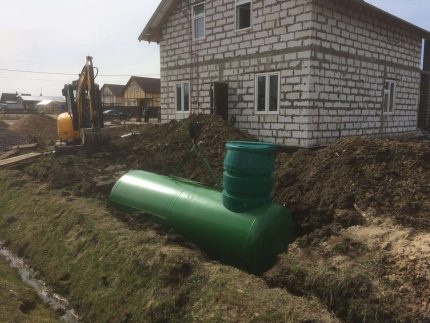
Design and gas line connection also requires significant funds. The price for this service depends on the region of residence and the topology of the site on which the cottage stands.
On average, estimates, installation of a gas pipeline from the outlet to the gas consumer and commissioning of the site can cost from 80 to 300 thousand rubles.
Estimation of the required energy volume
Many cottages were built according to individual projects, using building materials, thermal insulation, and decoration that were different in structure and heat engineering. In addition, the climatic parameters of winter for different regions can vary greatly. Therefore, in the calculations of the amount of energy that will be necessary for heating a house, there may be significant differences.
Calculation of the required amount of heat
Heating is designed to compensate for the heat loss of a building that occurs for two reasons:
- energy loss due to freezing of the perimeter of the house;
- replacement of warm air with cold air during ventilation.
In order to understand what is more profitable to heat a private house - gas or electricity, it is not necessary to carry out high-precision calculations. A rough estimate (± 20%) of the volume of heat loss during the winter period is enough to determine the difference in the total cost of the energy carrier.
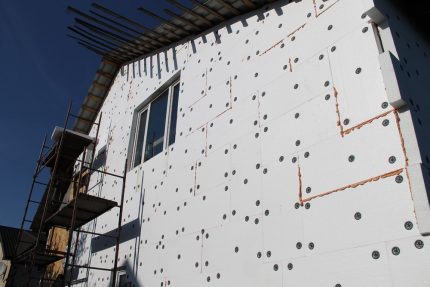
There are two options according to which the volume of heat loss can be determined with reasonable accuracy:
- Order calculation of this parameter from heating engineers. In this case, to save money, it is necessary to mention that the calculations can be carried out according to a simplified method.
- Carry out the calculations yourself, knowing such parameters as the coefficients of resistance to heat transfer of materials at home, the area of the perimeter and the roof, the amount of ventilation, the temperature difference, etc.
The results of heat loss should be reduced to a standard unit of measurement - W.
Electricity and gas consumption
Instead of calculating heat loss, you can use the method of analogies. If nearby (the coincidence of climatic conditions is important) there is a building similar in geometry and material, then you can find out the amount of gas or electricity consumed by the meter.
In this case, we have three options:
- heat losses of the building are known;
- there is data on the volume of gas consumed at a similar facility;
- The amount of electricity spent on heating is known.
It is necessary to find out the volume of electricity and gas consumption during the winter period.
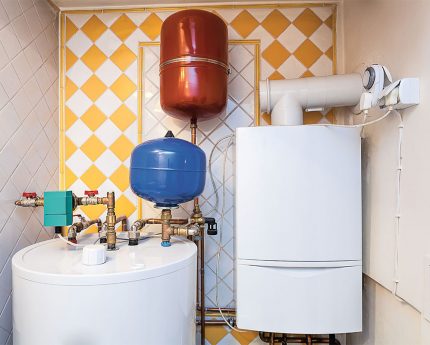
First of all, you need to determine the duration of the heating period E (hour). This can be done according to column No. 11, table No. 1 of SNiP 23-01-99. To do this, select the nearest settlement and multiply the number of days by 24 hours.
Since the calculations allow insignificant approximations, we establish the following constants:
- The efficiency of the electric boiler is 98%;
- The efficiency of the gas boiler is 92%;
- the calorific value of natural gas is 9.3 kW × h / m3;
- the calorific value of liquefied gas is 12.6 kW × h / kg.
In this case, the basic transformation formulas will have the following form:
- Known volume of consumed natural gas V (m3) Heat losses of the building: Q = V × (9300 × 0.92) / E.
- Known mass consumed liquefied gas V (kg). Here for the propane-butane mixture, you can use the ratio of 1 kg = 1.66 liters. Heat losses of the building: Q = V × (12600 × 0.92) / E.
- The amount of electricity consumed is known V (Wh × h). Heat losses of the building: Q = V × 0.98 / E.
- Heat losses of the building are known Q. Necessary volume of natural gas: V = Q × E / (9300 × 0.92).
- Heat losses of the building are known Q. Necessary volume of liquefied gas: V = Q × E / (12600 × 0.92).
- Heat losses of the building are known Q. The required amount of electricity: V = Q × E / 0.98.
The calculation of the heat loss of a building has another purpose - it is possible to calculate the maximum consumption of electricity and gas in the coldest five-day season. This will help you choose the right boiler power and avoid problems with overload.
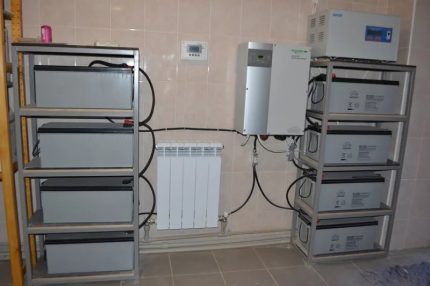
When comparing the cost of gas and electric heating, an autonomous power supply system does not need to be taken into account, since in extreme cold it can be used with any type of fuel.
Tariffs and final cost calculation
Knowing the amount of energy consumed and its cost, it is possible to calculate heating costs by simple multiplication. This is true for gas, but for electricity there are some nuances.
In rural areas, as well as urban apartments or private houses that are not connected to gas, a decreasing coefficient of payment for electricity is applied. To confirm the right to use the reduced tariff, it is necessary to provide a package of documents to the organization providing the supply of electricity.
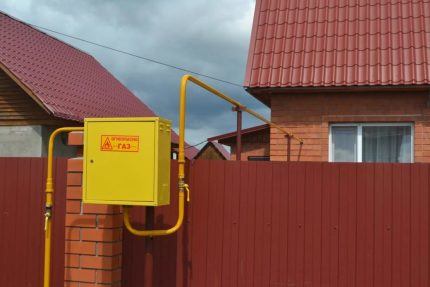
There is also another way to reduce the payment for electricity - switch to a differentiated by time of day tariff. To do this, you need to apply to the sales company and purchase a multi-tariff meter.
In order for the boiler to work only at night, you will have to organize a special battery for coolant. It is a well-insulated large capacity tank. This also requires some investment.
Example of calculating heating costs
Take as an example a cottage with an area of about 200 m2 in the vicinity of Barnaul. The average heat loss of a house made of aerated concrete with 50 mm insulation will be about 8,000 watts, and the maximum - 18,000 watts. The duration of the heating period is 235 days or 5640 hours.
We calculate the capital costs of installing boilers and providing access to energy. When organizing home heating from electricity, the costs will be as follows:
- Connection of additional power up to 30 kW - 15 tr
- Three-phase electric boiler Ferroli Zews 28, 28 kW - 51 TR
- Heat accumulator S-Tank HFWT series for 750 liters - 54 tr
- Equipment installation - 4 tr
Total: Ne1 = 70 tr, and taking into account the heat accumulator: Ne2 = 124 tr
A boiler of this capacity is necessary if the consumer plans to heat the house at night using a differentiated tariff. When compensating for average heat loss of 8 kW, a boiler power of 28 kW is needed if the equipment will work 7 hours a day. In severe cold weather, a boiler of such power will have to be turned on during the day.
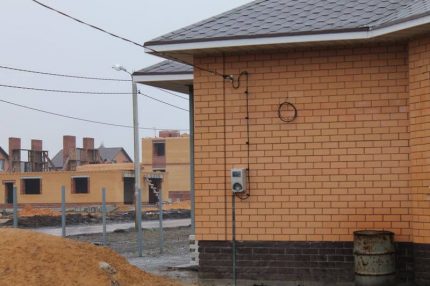
We calculate the capital costs for gas supply and installation of boilers running from it:
- Technological connection of main gas. The house is assigned to the first category, i.e. located at a distance of less than 200 m from the pipe and does not require the installation of reduction gears. If not, then the price will be higher. For the connection paid 28 tr
- Conducting a gas pipeline on the site. Topoplan preparation, project development, its approval and registration, construction, installation and commissioning. Payment under the contract amounted to 85 TR
- For liquefied gas, the purchase and installation of an underground gas tank with a volume of 2.5 m is necessary3 and piping to the boiler. Turnkey price - 270 tr
- Gas boiler Viessmann WH1D272, 24 kW - 90 tr
- Installation of equipment - 8 tr
- Commissioning of the entire system with a call from the inspector of Altaikraigaz - 45 tr
Total capital costs for heating with the help of main gas will be: Ng1 = 256 TR, and liquefied: Nr2 = 413 tr
The cost of servicing equipment (minor repairs and maintenance) can be taken equal to 10% of its value. However, for the supply of gas it is necessary enter into a contract, still need to pay annual inspection services. Calling a specialist at BarnaulGorGaz will cost 3 tr.
Therefore, for an electric boiler, the cost of annual maintenance: Ruh = 5.1 tr, and for gas equipment: Rpg = Rcg = 12 tr
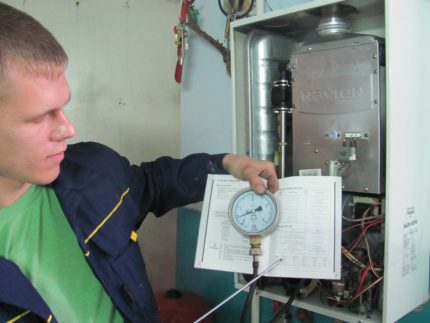
We calculate the amount of energy required for the winter period:
- electricity: Vuh = 46 mW × h;
- natural gas: Vpg = 5273 m3;
- liquefied gas: Vcg = 3892 kg.
The energy costs for the entire winter period will be as follows:
- Electricity. With a single-tariff connection in rural areas, 1 kW × h costs 3.2 p. Ee1 = 46000 × 3.2 = 147.2 tr
- Electricity. With a two-tariff connection in rural areas 1 kW × h = 2.07 p. Ee2 = 46000 × 2.07 = 95.2 tr
- Natural gas. Its cost is 6.45 r / m3. Epg = 5273 × 6.45 = 34 tr.
- Liquefied gas. Its cost will be 36.1 r / kg. Ecg = 3892 × 36.1 = 140.5 tr.
The price of liquefied gas is given taking into account two gas stations of a 2.5 m gas tank3.
After these calculations, the heating cost equation will take the form:
- for electricity at a common rate: Se1 = 70 + 152.3 × T;
- for electricity at a two-zone tariff: Se2 = 124 + 100.3 × T;
- for natural gas: Spg = 256 + 46 × T;
- for liquefied gas: Scg = 413 + 152.5 × T.
From these figures, you can get an idea of how profitable this or that type of fuel.
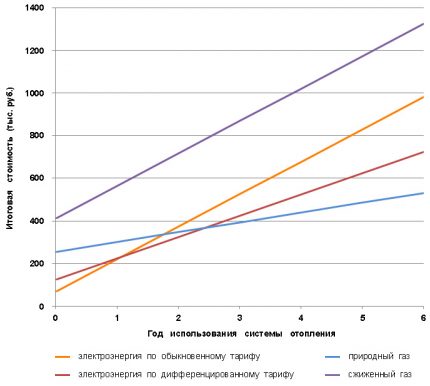
For this particular facility, we can conclude that the best way of heating is to use main gas. Within three years, it will be the most economical type of heating.
Installing an electric boiler is cheaper and faster, as it requires less coordination. But subsequently, payment of electricity will lead to more serious expenses than when using main gas. The two-tariff system will pay off in the first year.
Heating based on liquefied gas is absolutely economically unprofitable. It can be used only if there is no technical ability to connect to both main gas and electricity with a capacity of 30 kW or more.
Conclusions and useful video on the topic
Work on the gas supply to the house and their cost on the example of a house in the Perm region:
About tariffs when using electricity when heating a house located in the city limits. Legal and technological nuances:
The use of gas and electricity for heating a house has its own characteristics. Electric heating equipment is easier and faster to connect, and natural gas is cheaper as fuel. In order to determine the best economic model for heating, you need to carry out calculations for a particular object and draw up a schedule of financial costs.
Want to share your own opinion about the most rational and practical heating system? Do you have useful information on the topic of the article, which is worth sharing with site visitors? Please leave comments in the block form below, ask questions, post photographs.

 Calculation of the heating system of a private house: rules and examples of calculation
Calculation of the heating system of a private house: rules and examples of calculation 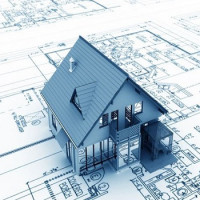 Typical schemes and rules for designing a heating system for a one-story private house
Typical schemes and rules for designing a heating system for a one-story private house 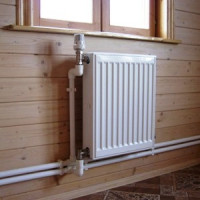 How to arrange the heating of a private house with your own hands: schemes for organizing an autonomous heating system
How to arrange the heating of a private house with your own hands: schemes for organizing an autonomous heating system 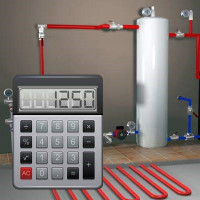 The average gas consumption for heating a house is 150 m²: an example of calculations and an overview of heat engineering formulas
The average gas consumption for heating a house is 150 m²: an example of calculations and an overview of heat engineering formulas 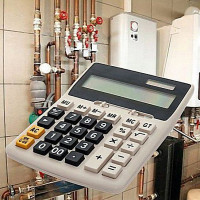 Gas consumption for heating a house 100 m²: calculation features for liquefied and natural gas + examples with formulas
Gas consumption for heating a house 100 m²: calculation features for liquefied and natural gas + examples with formulas 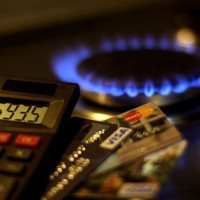 How to calculate gas consumption for heating a house in accordance with the norms
How to calculate gas consumption for heating a house in accordance with the norms  How much does it cost to connect gas to a private house: the price of organizing gas supply
How much does it cost to connect gas to a private house: the price of organizing gas supply  The best washing machines with dryer: model rating and customer tips
The best washing machines with dryer: model rating and customer tips  What is the color temperature of light and the nuances of choosing the temperature of the lamps to suit your needs
What is the color temperature of light and the nuances of choosing the temperature of the lamps to suit your needs  Replacement of a geyser in an apartment: replacement paperwork + basic norms and requirements
Replacement of a geyser in an apartment: replacement paperwork + basic norms and requirements
If we take electricity against the main gas, then gas will benefit in almost all respects. A gas holder is more expensive, but its plus is autonomy.
Hello. And this is how to look. Take a look at the TU bills for some objects and think - will I live so long that I can re-buy such an eyeliner on electricity? 🙂 This is if the “lead to zero” gas. According to the tariffs for gas consumed, it’s cheaper to argue. I had a calculation for the supply of gas to the country, I don’t remember, now I’ll count it about once again.
So, the gas supply for us cost about 250 thousand. An electric boiler with pipe wiring cost 25 thousand rubles. The difference is 225 thousand rubles. The electricity tariff is rounded up - 4 rubles. Gas tariff, round-off - 6 rubles cubic For a month, gas (then spent) at a rate of 2500 rubles was spent. For electricity - 5760 rubles. It turns out 5760 - 2500 = 3260. Further 225 000/3260 = we round 69 months or 5 plus years. It turns out that my gas will pay off in about 5 years in comparison with electricity only for heating.
And what is beneficial for those who have millions of bills for gas supply, even if it is possible to pay? Rhetorical question. Another thing is who has the first category, regional discounts and so on.There is gas and only gas, of course.